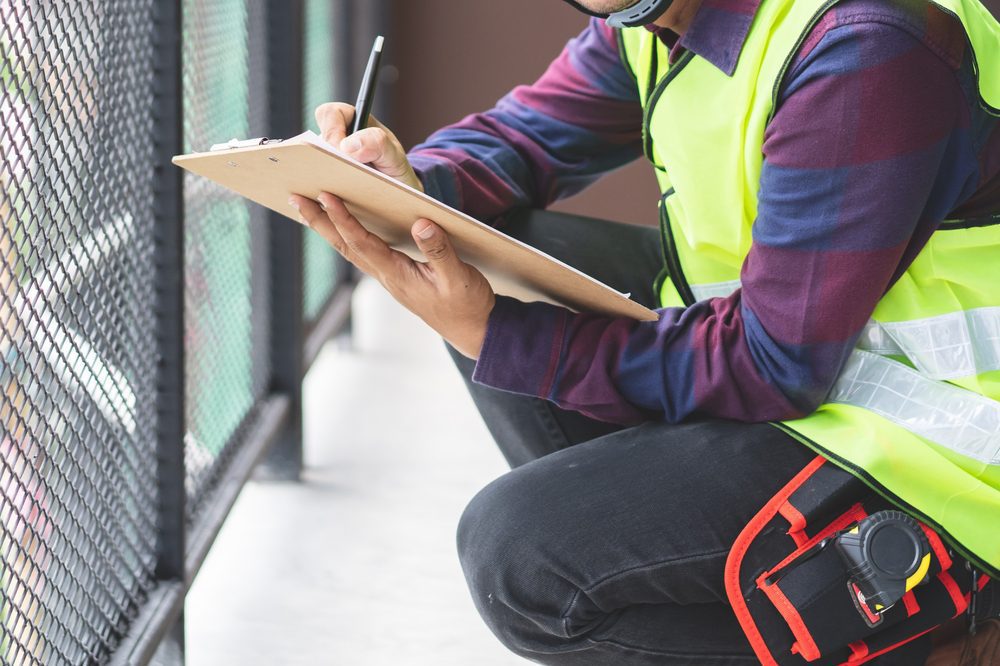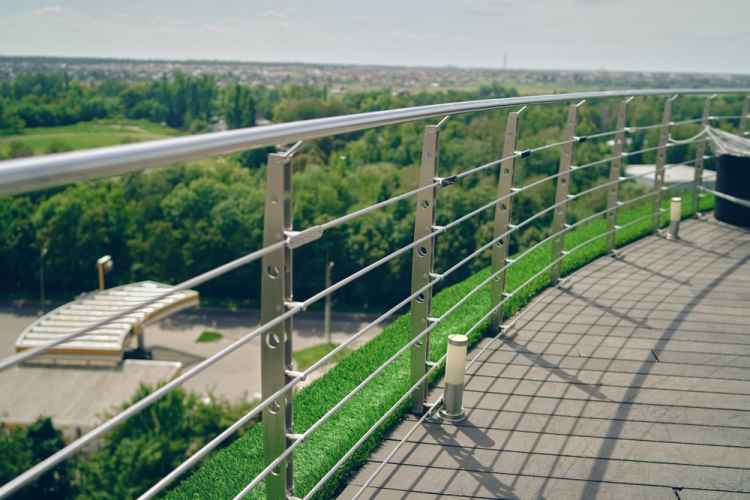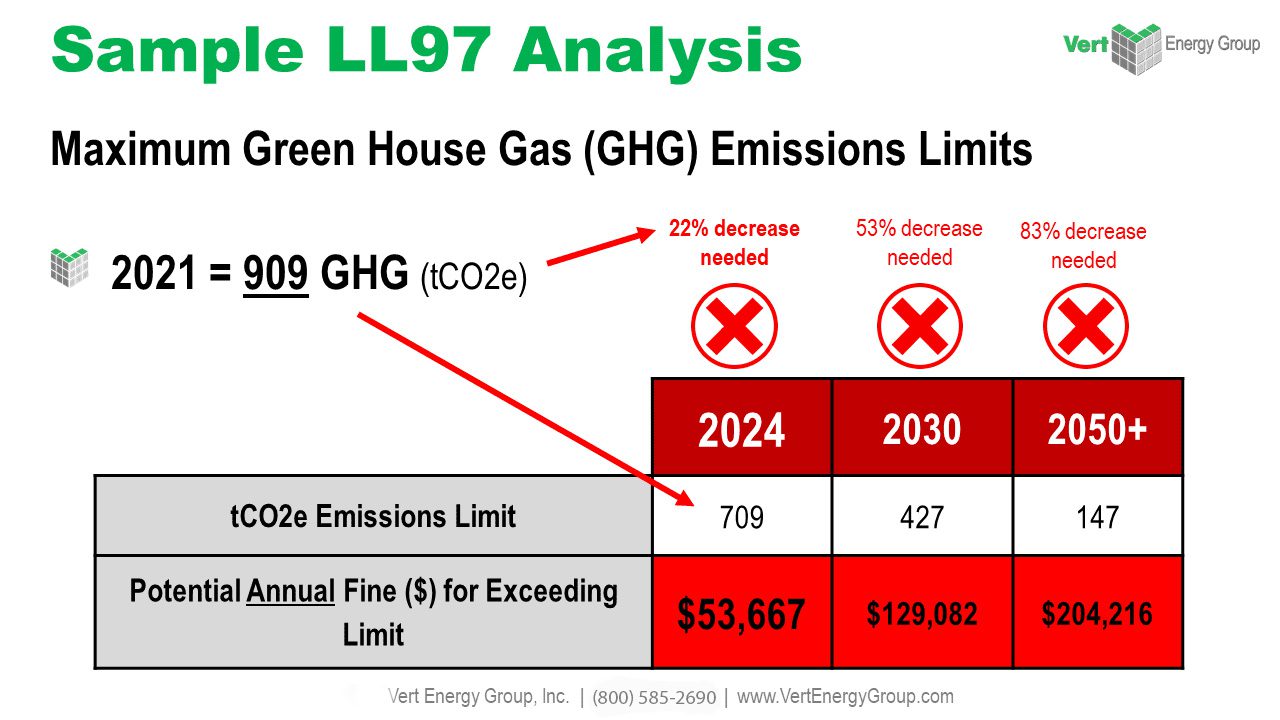Introduction
The allure of a balcony is undeniable – a place where one can soak in the sun’s rays, savor a cup of coffee, or simply enjoy the view. However, beneath the idyllic exterior lies a pressing concern: the safety of these structures. Balcony collapses, while relatively rare, have occurred with tragic consequences, highlighting the urgent need for comprehensive regulations that prioritize the well-being of occupants. In response to this need, Senate Bill 326 (SB 326) has emerged as a beacon of change, aiming to revolutionize balcony safety standards. This article delves deep into the facets of this legislation, exploring its significance in raising balcony safety standards and mitigating potential accidents.
I. Understanding the Balcony Safety Challenge
The picturesque image of individuals leaning over balconies, basking in the breeze, is juxtaposed with the grim reality of recent balcony collapses. These incidents have not only resulted in loss of life and injury but have also eroded public trust in the structural integrity of buildings. The factors leading to balcony failures are multifaceted: design flaws, construction oversights, inadequate maintenance, and the corrosive effects of time. These tragic incidents underscore a larger challenge – one that calls for immediate, robust, and enforceable regulations to ensure that balconies are safe havens, not hazards.
II. Unveiling Senate Bill 326: An Overview
Against the backdrop of alarming balcony accidents, Senate Bill 326 emerges as a monumental stride towards safer living spaces. SB 326 was conceived as a response to the prevailing gaps in safety regulations, intending to raise the bar and establish uncompromising standards for balcony safety. At its core, this legislation represents a commitment to safeguarding lives, underscoring the understanding that balcony collapses are not mere accidents but consequences of systemic shortcomings.
The aspirations of SB 326 are diverse. It enforces periodic inspections of balconies, demanding meticulous evaluations to unearth potential vulnerabilities. Furthermore, the legislation stipulates criteria for inspection and mandates that inspectors be adequately qualified. In doing so, SB 326 initiates a shift in focus – not just to the outcome of safer balconies, but to the process that ensures it.
III. The Journey from Inspection to Certification

SB 326 orchestrates a journey that spans from regular inspections to hard-earned certifications. The legislation mandates that building owners arrange for thorough inspections of their balconies at specified intervals. These inspections encompass comprehensive evaluations, ranging from surface-level assessments to profound structural analyses. The goal is to intercept and address any signs of deterioration, damage, or lurking dangers before they escalate into life-threatening situations.
The frequency of inspections stipulated by SB 326 holds the key to preventing the escalation of minor concerns into dire issues. By instituting periodic assessments, the legislation creates a mechanism for identifying issues in their infancy, thereby prolonging the lifespan of balcony structures and bolstering overall safety. Furthermore, SB 326 underscores the importance of employing qualified professionals for these inspections, ensuring that the process is conducted with precision and attention to detail.
IV. Ensuring Compliance: Challenges and Solutions
While Senate Bill 326 embodies a commendable endeavor, the road to its execution is not without hurdles. Some building owners and stakeholders may perceive compliance as an added financial burden, an expense they are hesitant to bear. However, it is crucial to recognize that the costs of non-compliance can be astronomical, extending beyond monetary concerns to encompass legal battles, plummeting property values, and incalculable human suffering.
To tackle these challenges head-on, a multi-pronged approach is essential. First, raising awareness about the critical significance of balcony safety can prove instrumental. By shedding light on the potential ramifications of disregarding inspections and necessary repairs, stakeholders can be galvanized to prioritize compliance. Second, exploring financial incentives for compliance, such as tax incentives or reduced insurance premiums, can create a compelling business case for investing in balcony safety.
V. Collaborative Efforts: Involvement of Stakeholders
The elevation of balcony standards through SB 326 is an endeavor that necessitates synchronized efforts from various stakeholders. Government agencies, legislators, and regulatory bodies are entrusted with the responsibility of enacting and enforcing legislation like SB 326. On the frontlines of implementation are building and property managers who must ensure that the prescribed measures are carried out to maintain balcony safety.
Architects, engineers, and construction professionals play a pivotal role in shaping the narrative of balcony safety. Their expertise contributes to the design and construction of balconies that adhere to the highest safety standards. Through cohesive communication and collaboration, these stakeholders can harmoniously implement the mandates of SB 326, transforming it from ink on paper into tangible, life-saving actions.
VI. Benefits of SB 326 Implementation
The implementation of Senate Bill 326 promises a cascade of benefits that permeate society. Foremost, it serves as a fortress against balcony-related accidents, dramatically diminishing the potential for calamitous failures. This newfound security in balcony structures cultivates trust in the buildings themselves, elevating the sense of safety that occupants deserve.
Furthermore, compliance with SB 326 has the potential to resonate in property values. Buildings that obtain certification under the legislation may stand as attractive investments to potential buyers and tenants alike. The assurance of balcony safety becomes a potent selling point, adding to the overall desirability and marketability of properties. This fusion of safety and value underscores the concrete advantages of implementing SB 326.
VII. Looking Ahead: The Future of Balcony Safety

The introduction and enactment of Senate Bill 326 marks a pivotal shift in balcony safety regulations, arriving at a moment when technology-driven advancements reshape construction practices. As we navigate this juncture, SB 326’s proactive approach stands as a blueprint for future legislation that aims to bolster safety standards across various aspects of construction and infrastructure. The legislation’s influence could extend beyond balconies, inspiring an integrated perspective on safety that aligns with evolving technologies and anticipates challenges.
SB 326’s impact resonates in an era where construction embraces innovative materials and real-time monitoring. This legislation catalyzes a broader reconsideration of safety regulations to encompass intelligent structures and holistic design. As a precedent, SB 326 underscores the importance of collaboration between stakeholders, guiding the formulation of future regulations that balance dynamic construction landscapes with unwavering commitments to human well-being. Its ripple effect is poised to shape a future where safety, technology, and regulation harmoniously converge, setting a standard for proactive measures in the realm of construction and beyond.
Conclusion
Senate Bill 326 epitomizes the potential of legislative action to preserve public safety. Balconies, once emblematic of leisure and comfort, have tragically been marred by accidents and collapses. SB 326 embodies a collective commitment to preventing further tragedies and ensuring that balconies remain spaces of joy and solace. As we forge ahead, let us remember that balcony safety is not just an obligation but a moral imperative, and abiding by the principles enshrined in SB 326 is a resolute stride toward securing a safer future for all.
levate your property’s energy efficiency through VertPro® Upgrades, where we not only specialize in Commercial Energy Audit and Benchmark Compliance consultancy but also offer the transformative service of Commercial Roofing through our Construction Marketplace.
As the trusted leader in this field, VertPro empowers Building Owners & Property Managers nationwide with innovative SaaS technology-based solutions. From Energy Benchmarking to Energy Audits/RCx Plus, our comprehensive approach ensures adherence to over 50 Energy Benchmarking & Energy Efficiency Laws.
Don’t miss the chance to maximize your energy potential and property value – explore VertPro.com’s integrated solutions today!















